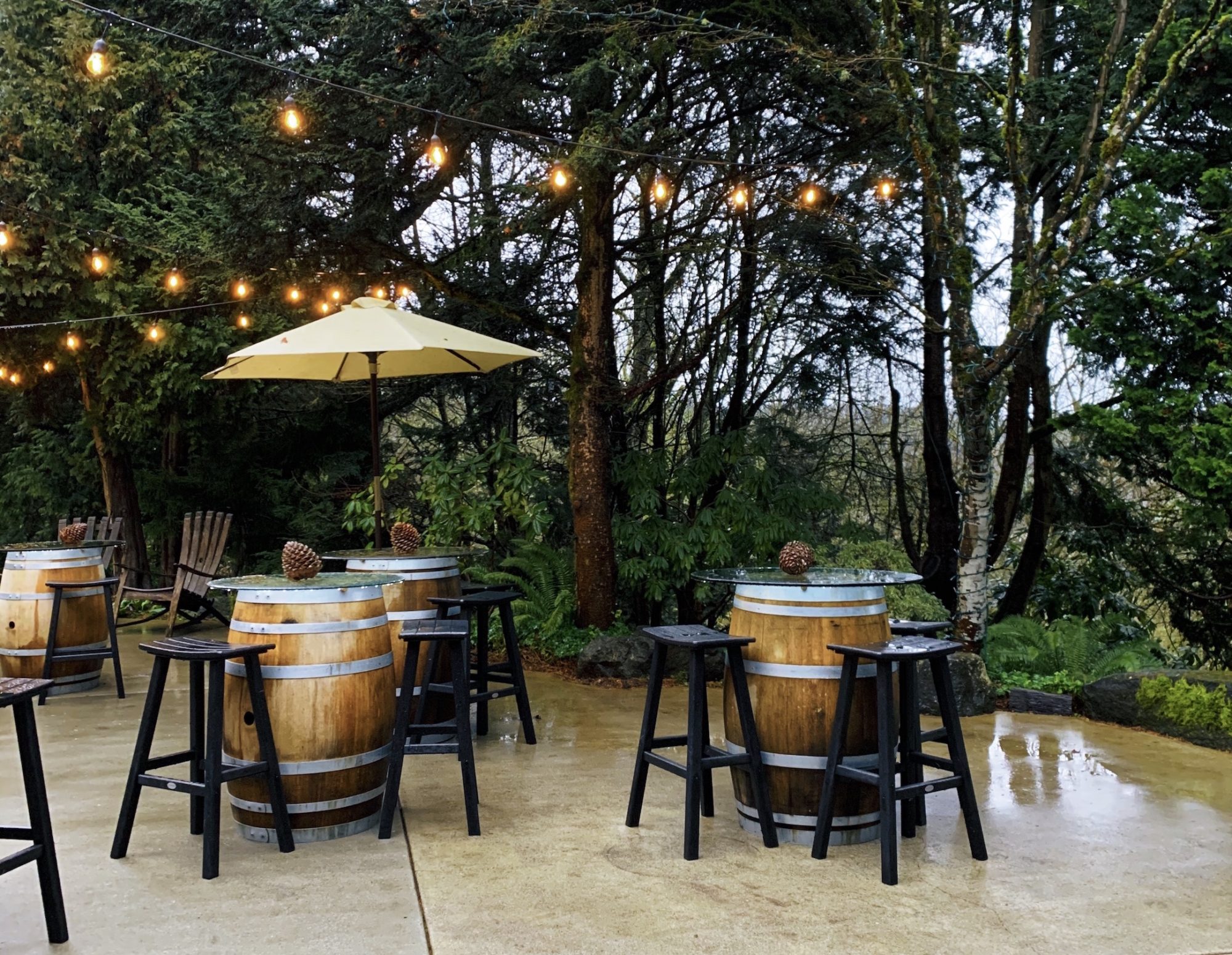I’m writing this in mid-May 2021, which is the perfect time to start looking for a harvest position! As long as you’re in the northern hemisphere of course. If you’re in southern hemisphere (New Zealand, Australia, South Africa, Chile, etc.), you’ll have to wait a few more months before wineries there start looking for interns.
If you’ve read my other post, you’ll know that I found my harvest internship in a Facebook group (check it out below!) I think I started looking a little bit earlier than May, but there are lots and lots of postings out and about right now. People even find their internship positions pretty close to the beginning of harvest, because people cancel or can’t make it to the region. This is also the only time I’ve ever worked in a winery, so don’t worry if you don’t have any experience! Everyone has to start somewhere!

There are a few things that I think helped me get the position. For one thing, I was super excited and passionate about wine, and I think that showed through when I talked to the winemaker. I talked about why I was interested and how I had taught myself and learned a lot about wine on my own. I knew the basics of winemaking but hadn’t done it yet myself. I think it was also good that I had experience working in a machine shop in school. That showed that I wasn’t afraid to work hard and get my hands dirty. I had 4-hour shifts (sometimes two in a row) where I was on my feet the whole time. That is very similar to a winery, although some days it was closer to 12 hours ;).
So now let’s get to the good stuff! Where should you actually look to find a winery internship? I searched far and wide, signed up for many email lists, and luckily saved a lot of links so that I can share with you. I’ll sort by area of the world, so if you’re interested in a certain region, you can scroll to find that.

ANYWHERE
First, my favorite, and where I found my position: the Facebook group aptly titled “Travelling Winemakers – Living the Dream!!”
This is a cool group where people post pictures and thoughts about working in wineries, as well as a lot of posts from wineries looking for interns. People will literally post from all over the world; I have seen posts from Germany, the UK, New Zealand, and obviously the US (but ALL over the US!) Definitely check it out, even just for fun! Keep in mind that it might be difficult to travel to different regions due to the pandemic.
UNITED STATES
Winejobs.com – Weekly Harvest Help alerts
This is a website that has postings for all kinds of wine related positions: from cellar to vineyard to tasting room. I just checked, and 11 new postings were made today! They are all in California, but I have seen postings from Washington, Oregon, and even Maine! I signed up for their weekly newsletter for harvest help positions and still get it in my inbox each week!
VENjobs from UC Davis
This is kind of an underground site that I found after lots of digging. I went to UC Davis (although I did not study viticulture and enology there) so I feel a connection to the town and campus. I am kind of sad I never did anything wine related, because they have a lot going on! They also have this page with postings for winery positions. Most of the opportunities are for harvest, but a couple are for tasting rooms. They are also mostly in California, particularly northern California, but I did see a couple in Oregon and one in the UK.
Winebusiness.com
This site is connected to winejobs.com, so there are similar jobs (I would still check it out and click around), but one thing that I like from here are the classifieds. You can sign up for the classifieds (PDF) to be emailed to you, and this also contains listings for jobs in the wine industry. There are versions for different regions: Northwest (Oregon and Washington), North Coast (of California) and Central Coast (of California). I signed up for the Northwest version because I was living in Seattle at the time, and still enjoy looking at the grapes and bulk wine for sale that are also listed in the PDF.
CANADA
Same as wine jobs, but for Canada!
ELSEWHERE
Wine Jobs Online – New Zealand (and global)
Wine jobs online is another winery position posting site that mostly has opportunities based in New Zealand. It claims it also has global positions, and I did see some for the UK and Australia, and one for Germany (lol). However, the majority of positions are in New Zealand.

Hopefully you found this useful if you’re looking for a harvest position or internship at a winery this year! Or even if you’re not, I think it’s fun to see what’s out there. If you’re not at all interested in making wine and just want to drink it, check out my recent post on wine and food pairing!
If you do find a harvest position from this post, please do let me know! I’d love to hear if it helped!






































